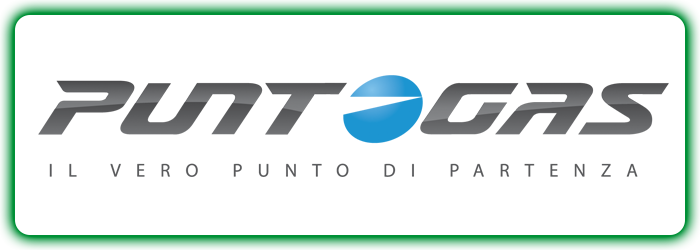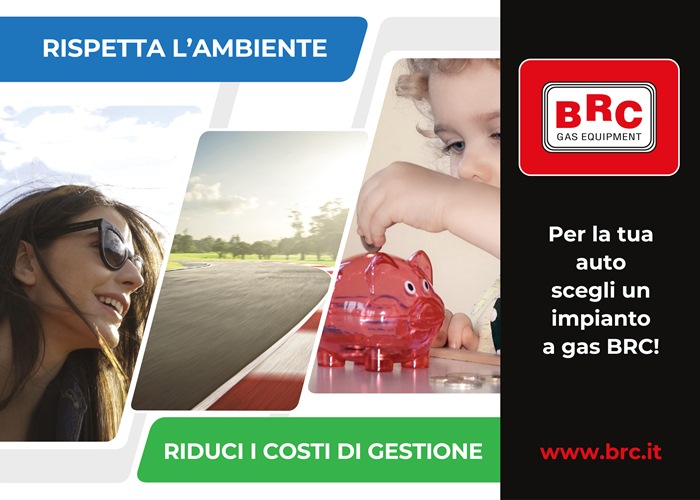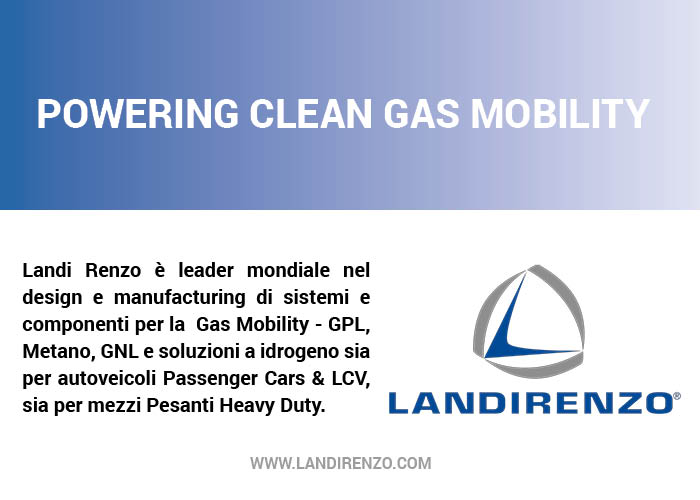This year, the World LPG Association & Liquid Gas Europe joined together to bring the biggest LPG event in the world, the 32nd World LPG Forum & 2019 European Congress, to Amsterdam (24 - 27 September 2019).
https://www.ecomobile.it/index.php/en/news/157-persone-en/2737-32-forum-mondiale-sul-gpl-e-congresso-europeo-2020#sigProId72bfc2172b
This influential event combines not only a high-level conference and a major exhibition but also a choice of dedicated smaller summits and dynamic side events which cover the entire industry. Delegates, exhibitors, sponsors, students, and visitors could meet with key players in the LPG industry through networking opportunities or by attending the various sessions and presentations around the exhibition hall, or by visiting the exhibition. Moreover, the 32nd World LPG Forum & 2019 European congress hosted the first international edition of the Autogas Day, highlighting the opportunities for Autogas at a global level while looking at exceptional initiatives from a local perspective.
The Autogas Day initiative had its first local edition in 2018 in the Netherlands, organised by the Dutch Association VVG/Platform Autogas, in order to increase awareness for driving on Autogas among its target groups an stakeholders. Its success is now shared among other countries worldwide.
We interview Filipa Rio, Sustainable Mobility Director for the World LPG Association , to get an overview of the event and Autogas situation.
What is the world market situation?
And in Europe?
Autogas (a transport fuel also called LPG) is the most popular alternative fuel in the world (for passenger cars and vans) worldwide and in Europe. 27 million vehicles currently run on Autogas – almost four times more than in 2000 (8 million in Europe).
Autogas drivers can fill up at one of the 78,000 in latest stats fueling stations around the world (31,000 in Europe). Demand for Autogas has been growing steadily in recent years, reaching 27 million tonnes in 2017.
Global consumption of Autogas has risen by 40% in the past 10 years.
This has not happened by chance. A growing number of governments actively encourage the use of Autogas in recognition of its notable environmental benefits, as well as its inherent practical and cost-advantages over other fuels, both conventional and alternative.
The two largest markets for Autogas are Turkey and S. Korea. In Europe, some existing markets are showing signs of maturity while others are developing to help retain the market. However, support is needed from both governments and automakers to sustain and grow the Autogas markets How the LPG industry is striving to make the world cleaner and what about the latest technologies and innovations?
Autogas is a clean fuel. Studies conducted under Read Driving Emissions (RDE) have shown that emissions of NOx and PM (the most important of the regulated gases for air quality) are much lower than from gasoline, and especially diesel.
Autogas also outperforms gasoline and diesel for CO2 emissions on a well-to-wheel basis, an advantage that is set to grow as more and more LPG originates from natural gas extraction (currently 60% of all LPG produced derives from natural gas extraction).
Autogas can play in important role in mitigating GHG emissions until such a time where zero-emission vehicles (ZEVs) can be mass deployed. Autogas is also an enabler for electromobility as it is a very good solution for hybrid vehicles. In the longer term, Autogas derived from BioLPG, which is renewable, can play a major role.
In additional to its environmental credentials, Autogas has a number of practical advantages.
It is safe and easy to convert new or existing vehicles to Autogas, without compromising vehicle performance. Converting vehicles to Autogas can help address air pollution from the existing fleet – current legislation only addresses CO2 and pollutant emissions from new cars.
It is transported as a liquid so it can go anywhere – no need for pipeline infrastructure – and supplies are plentiful. Autogas is competitively priced making it an affordable fuel for many consumers. Asa by-product (mostly of natural gas, as well as oil extraction), it makes the most of our energy by increasing efficiency. If not used, it would otherwise likely be flared. It is the only alternative fuel that delivers a wide range of benefits now.
New components and systems for the latest car engines come to the market creating a wide portfolio based on vapor and liquid technologies.






















